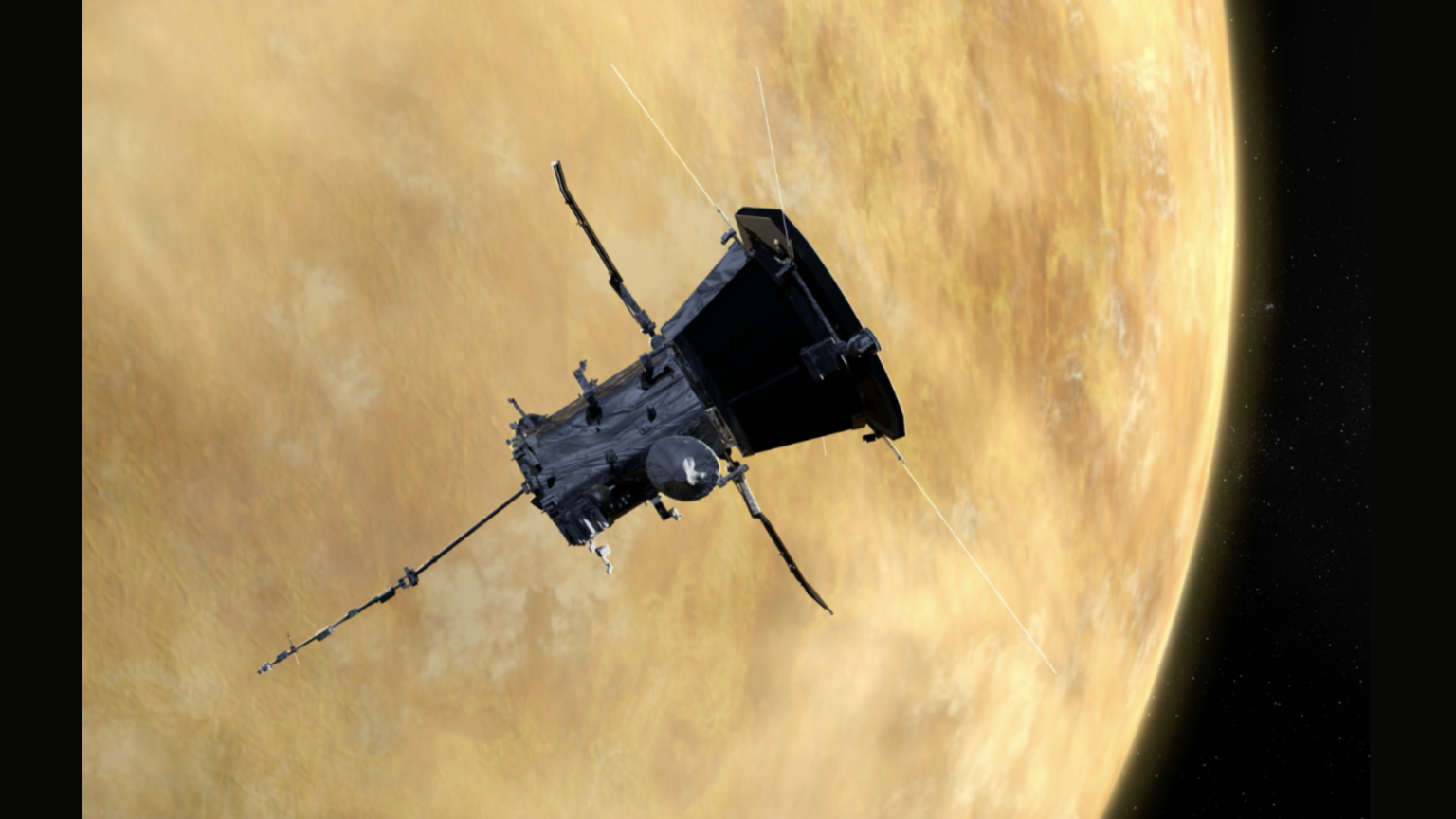NASA‘s Parker Solar Probe has picked up signals of Venus’ debated ‘lightning’. This data was collected by the probe in 2021, when Parker made a routine flyby of Venus while it was trying to use Venus’ gravity to propel itself, to adjust its orbit in order to make closer flybys of the sun.
Venus gravity assists are necessary for the Parker Solar Probe to get closer and closer to the Sun, so it can collect data from the Sun’s corona, the closest we have ever gotten to the Sun yet. As the spacecraft nears the Sun, it needs to reduce its orbital energy to be able to fall closer with each orbit, and it uses Venus’ gravity to pull off this maneuver.
Venus Lightning Debate
Lightning strike on Earth generates something called a whistler wave – a type of a plasma wave (not all whistler waves even in near-Earth space imply lightning strikes though). Many whistler waves have been detected near Venus and because of this, scientists assumed that Venus has a lot of lightning storms. But, visible flashes of lightning and other signs of lightning in general have not been observed much on Venus. Because of this, scientists could not conclusively say that all of these whistler waves were actually lightning, even though their flux signatures pointed towards that being the case.
Credit: NASA/Johns Hopkins APL/Naval Research Laboratory/Guillermo Stenborg and Brendan Gallagher
Research was published on the 29th September, 2023 in Geophysical Research Letters, using data collected by the Parker Solar Probe during the 2021 February Venus fly-by. Whistler waves observations on the nightside of Venus – very close to the planet indicated that these waves actually travel toward Venus. This research has finally given evidence that these whistler waves could be occurring due to reasons other than lightning, as they would be moving towards the planet and not away from it if the whistler waves were indeed caused by lightning strikes on Venus.
The research team suspects that these whistler waves might actually be caused by something called magnetic reconnection, where the twisting magnetic field lines surrounding Venus snap apart and reconnect with explosive results. On the sun, magnetic reconnection is what leads to solar flares, though those are quite a bit more energetic than the ones on Venus.
They plan to gather more data in November 2024, when the Parker Solar Probe makes its final pass by Venus, and use this date to conclusively rule out lightning as a cause of these whistler waves. There could still be actual lightning in store for us waiting in the data collected then, we will have to wait in order to find out.
The Parker Solar Probe
NASA’s Parker Solar Probe is the first spacecraft to ever fly through the corona – the Sun’s upper atmosphere – in 2021. It orbits the Sun, getting closer to the Sun with each orbit and collecting important data from the closest star that we have got. The Probe is made to endure extremely high temperatures of up to 2,500 degrees Fahrenheit (1,377 Celsius), protected by its 4.5 inch thick carbon-composite shield.
Image Credit: NASA/Johns Hopkins APL/Ed Whitman
The Parker Solar Probe is also the first NASA mission named for a living researcher. Parker pioneered solar research and gave the mathematical theory that predicted solar winds. He has revolutionized the field of solar study time and time again and hence the probe was named after him, making him the only living scientist to have witnessed the launch of a NASA spacecraft named after him.
Data from the Parker Solar Probe will help us understand our Sun better and possibly create careers for Space weathermen. Forecasting space weather could help us improve our own satellites and better prepare them for solar effects that they usually face up in orbit, typically causing damage to onboard electronics, shortening their lifetime or causing their orbits to change.
